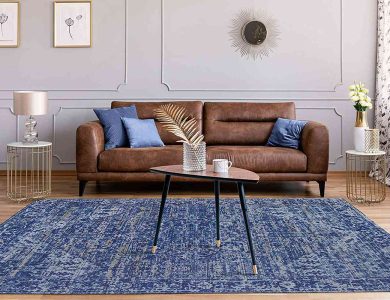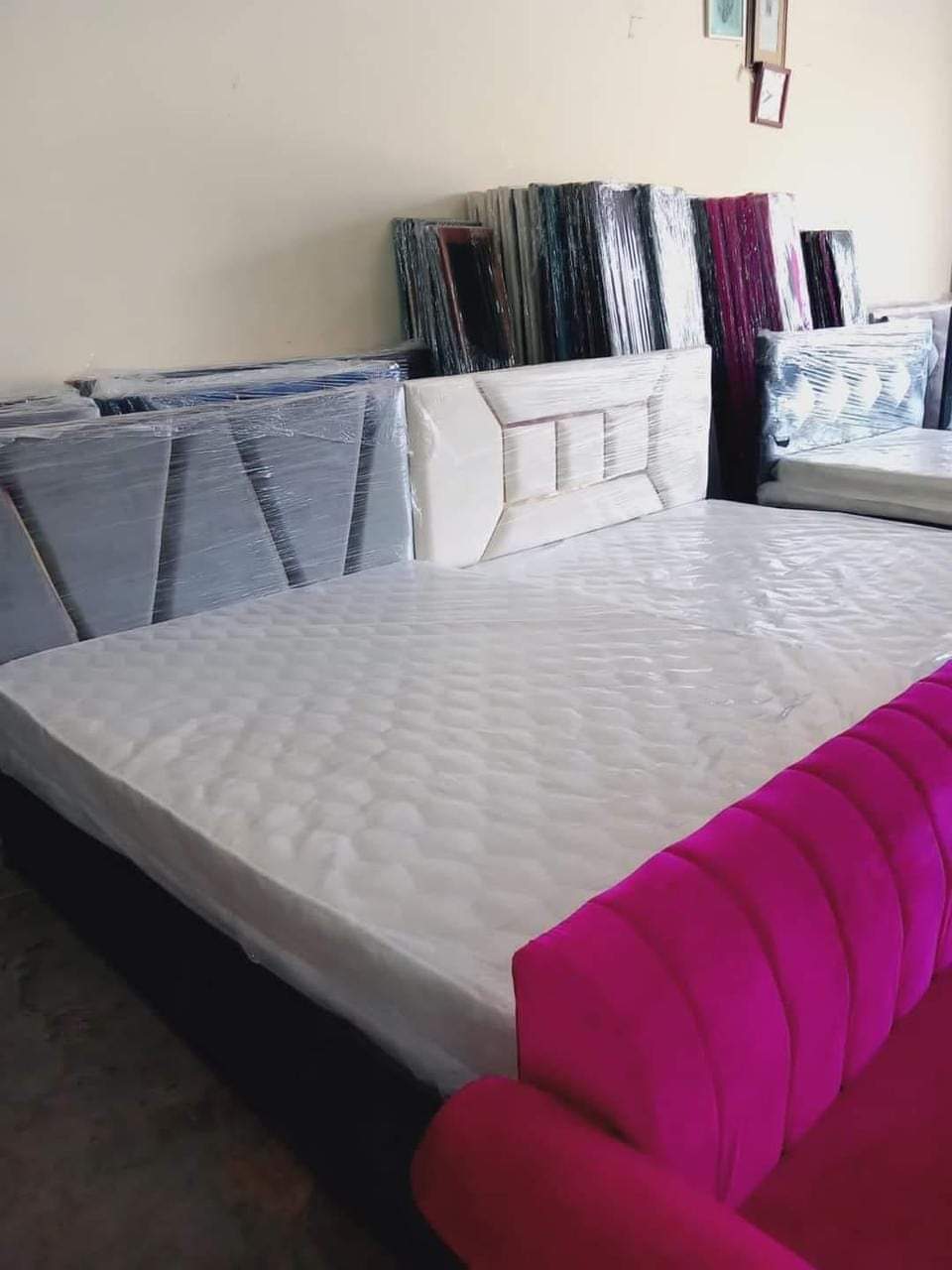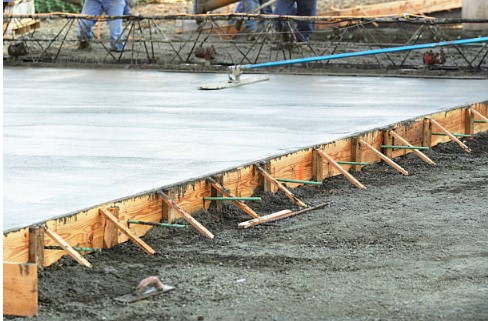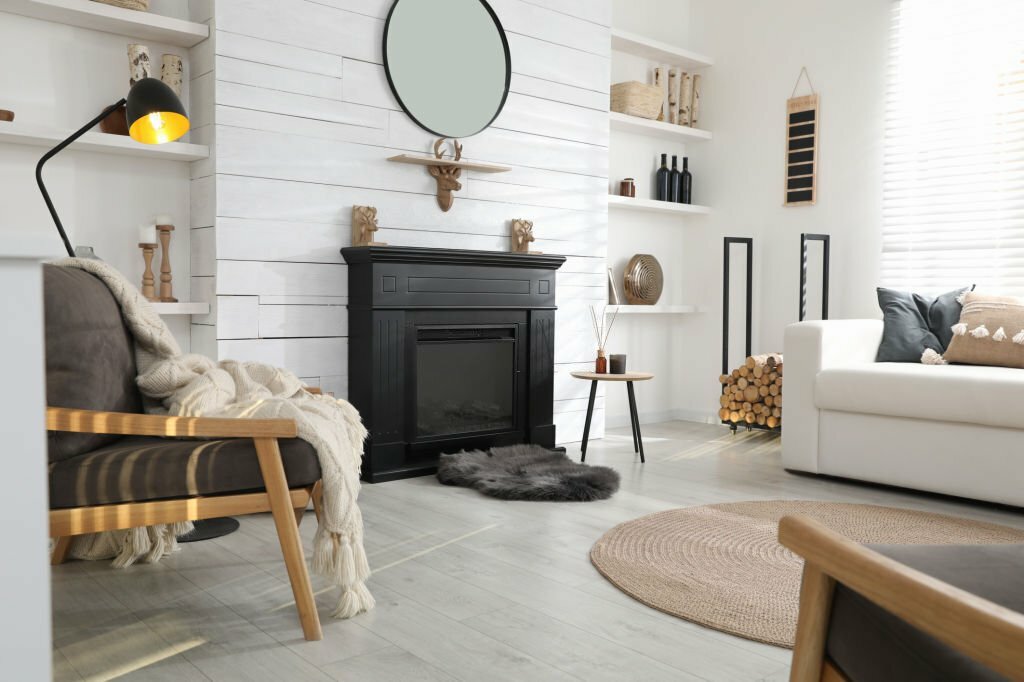The Art of Furniture Modeling: Design Your Space Virtually
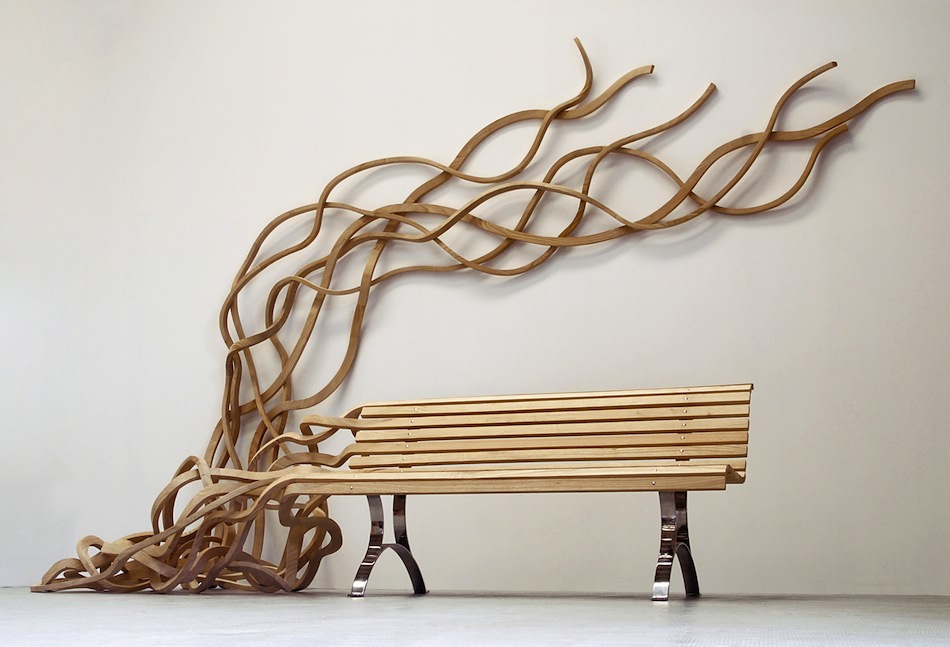
In the ever-evolving world of interior design and home decor, the integration of technology has brought about a remarkable transformation. One of the standout innovations is the art of furniture modeling, a process that empowers designers and homeowners to visualize and design their spaces virtually.
In this article, we will delve into the fascinating realm of furniture modeling, exploring how it’s revolutionizing the way we approach interior design, and why it has become an indispensable tool for homeowners and design professionals alike.
The Furniture Modeling Revolution
The traditional approach to furniture shopping and interior design often involved visiting numerous stores, browsing through catalogs, and making educated guesses about how a piece of furniture would fit into a space. This process was time-consuming, often resulted in mismatched furniture, and left many homeowners unsatisfied with the end result.
The emergence of furniture modeling has revolutionized this experience by offering a virtual platform for designing and visualizing spaces. This innovative approach combines cutting-edge technology with the art of design, enabling users to create their dream interiors with unprecedented precision.
The Process of Furniture Modeling
Furniture modeling is the process of creating 3D digital representations of furniture and placing them within a virtual room or space. This technique involves several steps:
1. Digital Design
The process begins with the creation of digital 3D models of furniture. Designers and furniture manufacturers use specialized software to meticulously replicate each piece’s shape, size, texture, and color.
2. Virtual Environments
Next, these digital furniture models are placed within virtual environments. These environments can range from a blank canvas room to a precise replica of your own living space.
3. Realistic Visualization
Advanced rendering techniques are employed to make the furniture appear as realistic as possible. This includes attention to lighting, shadows, and even the interaction of materials.
4. Customization
One of the most significant advantages of furniture modeling is the ability to customize designs. Users can experiment with different furniture layouts, colors, and configurations to match their preferences perfectly.
The Benefits of Furniture Modeling
Furniture modeling offers a plethora of benefits, making it a valuable tool for both professionals and homeowners. Here are some of the advantages:
1. Visual Clarity
Furniture modeling eliminates the guesswork. It provides a crystal-clear visualization of how different furniture pieces will look in your space. This visual clarity is especially useful when combining various design elements.
2. Customization
The ability to customize furniture models allows you to create pieces that precisely match your style and preferences. You can experiment with different options until you find the perfect fit.
3. Cost-Efficiency
By visualizing your design before purchasing furniture, you can avoid costly mistakes and ensure that you’re investing in pieces that truly enhance your space.
4. Efficient Decision-Making
Furniture modeling streamlines the decision-making process. It helps you quickly determine which designs work and which don’t, saving time and effort.
5. Realistic Preview
The realism achieved in 3D render furniture design allows you to see how different materials and textures will interact with your space’s lighting and ambiance. This ensures that you’re making informed choices.
6. Collaboration
For design professionals, furniture modeling enhances collaboration with clients. It’s a powerful tool for conveying design concepts and ensuring that clients are satisfied with the proposed design.
Applications of Furniture Modeling
Furniture modeling is a versatile tool with applications in various areas:
1. Home Design
For homeowners, furniture modeling is invaluable when planning room layouts, choosing colors, and visualizing how furniture will fit into different spaces.
2. Interior Design
Interior designers use furniture modeling to create visual concepts for clients. It enables them to experiment with various design options and present their ideas with precision.
3. Furniture Manufacturing
Furniture manufacturers employ furniture modeling to develop and showcase their product lines. It’s a cost-effective way to create catalogs and marketing materials.
4. Retail
Furniture retailers are increasingly using furniture modeling to provide customers with a realistic preview of how their products will look in their homes. This enhances the online shopping experience.
5. Staging
Real estate professionals use furniture modeling to stage homes virtually, helping potential buyers envision how a property could be furnished and decorated.
Challenges and Future Developments
While furniture modeling has transformed the way we approach interior design, there are challenges to overcome. These include ensuring that the virtual representations accurately reflect the quality and feel of physical furniture and addressing the limitations of the technology in terms of simulating real-life lighting conditions.
As technology advances, we can anticipate several exciting developments in furniture modeling. Enhanced realism, increased customization options, and even more intuitive design tools are on the horizon. Additionally, the integration of augmented reality (AR) and virtual reality (VR) technologies into furniture modeling is likely to provide even more immersive and interactive design experiences.
Conclusion
The art of furniture modeling has redefined the way we design and visualize interior spaces. It offers unparalleled advantages, from providing visual clarity and cost-efficiency to enabling efficient decision-making and enhancing collaboration between designers and clients.
In a world where the ability to create dream interiors has never been more accessible, furniture modeling stands as a testament to the power of technology in shaping the future of design. Whether you’re a homeowner looking to transform your living space or a design professional seeking to convey your creative vision, furniture modeling is a tool that promises to elevate the art of interior design to new heights, allowing you to design your space virtually, precisely, and beautifully.
